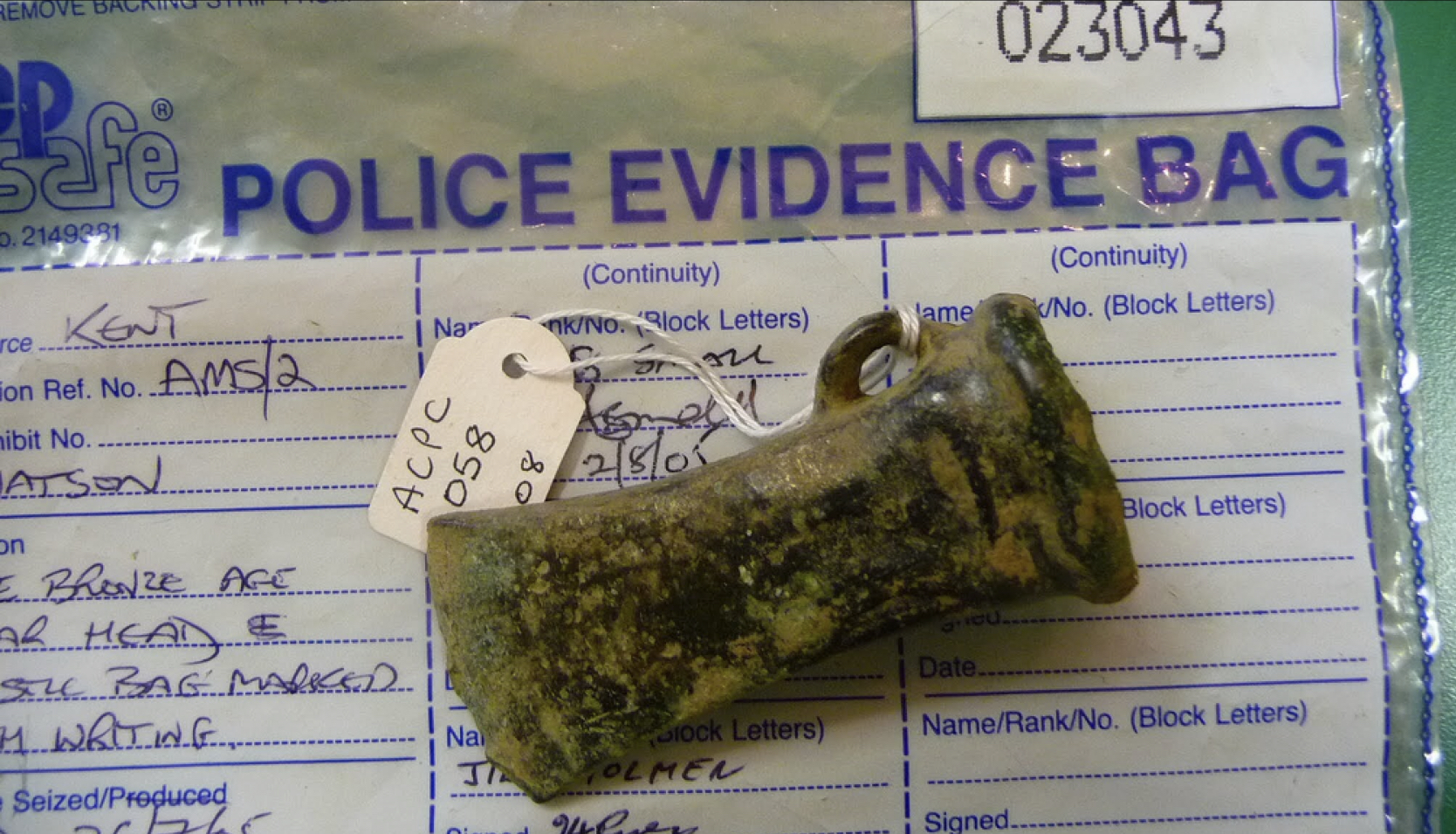The first conference on ‘The Conservation of Historic Cities and Sustainable Development’ was held at Stanford Archaeology Centre (Stanford University) on 7 and 8 March 2013. This conference was made possible by generous funding from the France-Stanford Center for Interdisciplinary Studies, with the support of Cergy-Pontoise University (Civilisations et identities culturelles comparées), the consortium Patrima and the Centre for Heritage at Kent. This conference aimed to discuss the implementation of the 2011 UNESCO Recommendation on the Historic Urban Landscape.
This event drew participants from France, the UK, US, Mexico, Spain Mozambique, and Malaysia – with backgrounds in academia, cultural resource management, UNESCO, the World Bank, USAID, architecture and planning. It was attended by more than 50 people. This allowed for engagement across the boundaries between a variety of academic and professional disciplines.
This conference discussed ways to ensure an integrated approach to the conservation and development of historic cities. It encouraged an understanding of urban areas, taking into account the layering of cultural and natural attributes. In particular, the focus was on the following:
- Methods and issues related to mapping and surveying the city’s natural, cultural and human resources
- Assessing the vulnerability of urban heritage values to socio-economic pressures, impacts of climate change and related concerns
- Integrating urban heritage values and their vulnerability into a wider framework of city development
In taking an approach which brought together theory and application across a variety of disciplines, the conference considered how actual policies can be successfully implemented in contemporary cities around the world.
Contributions and discussions highlighted the importance of good governance and a holistic approach to managing the urban landscape, based on evolving values; the importance of involving all stakeholders (particularly local communities, indigenous groups and disfranchised groups) when managing changes to the urban landscape; of baseline data to monitor the evolution of changes to cities as well as of constructed narratives of spaces and their impacts on values and development.
